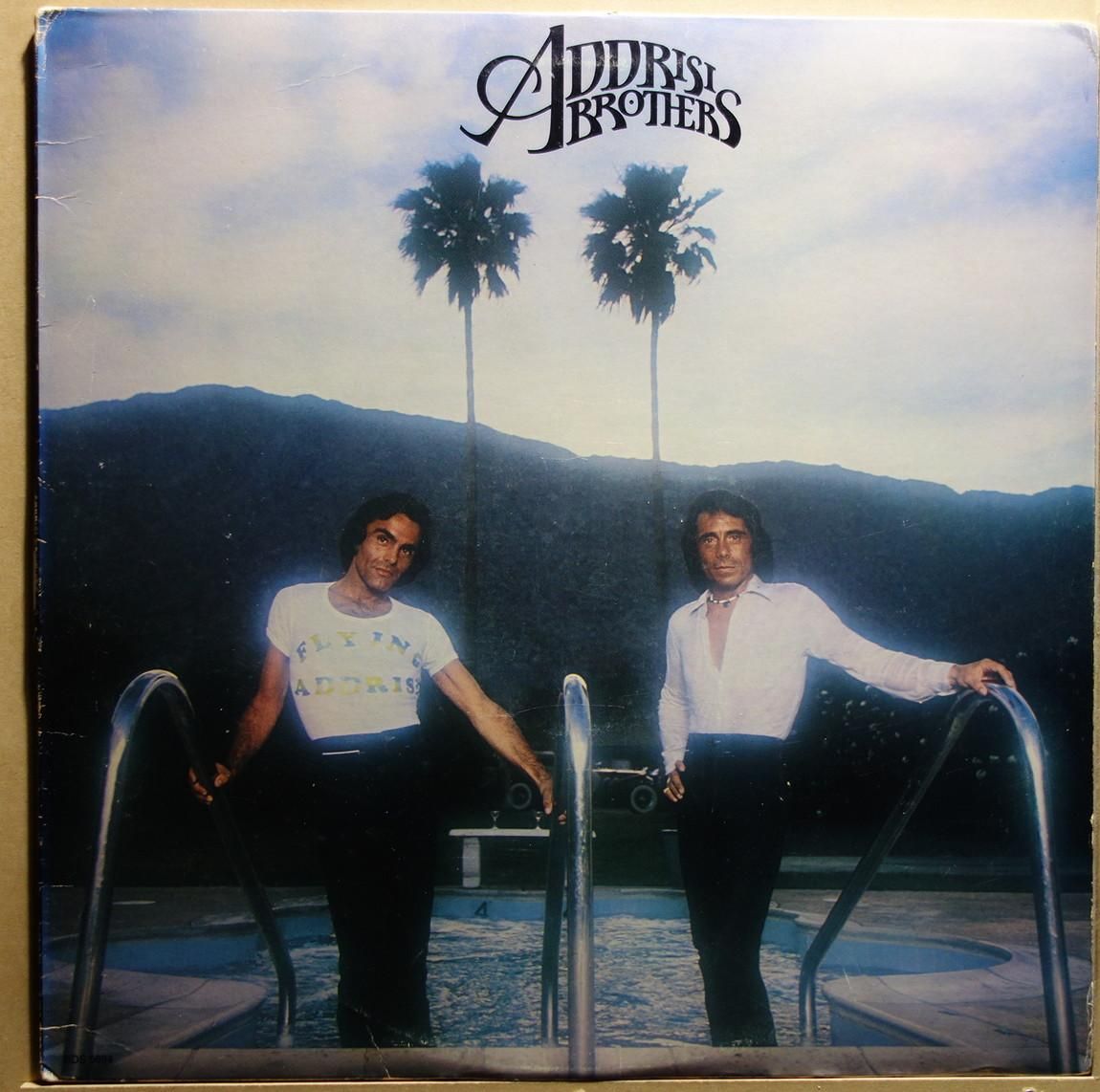
In this case, you can see I have assigned this action to SHIFT and then / – displayed as SHIFT+/Ĭlick ‘ Ok’ and you’re done! Step 2 – Copy timecodes to your document It needs to be something that isn’t currently assigned to any other actions, and it would be sensible to assign it to something that is practical for when you are typing, perhaps something that doesn’t require you to move your fingers too far away from the home keys? This is the key or combination of keys that you want to assign as your timecode shortcut. You will see a small dialogue box prompting you to press a key or compbination. This will open a dialogue box showing you all the currently assigned hot keysįrom the drop down box named ‘Command’ select ‘Copy Time‘Ĭlick ‘Change’ – ( Note: if a shortcut key is already assigned to this command it will be displayed here) Select ‘Options’ > ‘System wide hot-keys’ Step 1: set up the shortcut in Express Scribe
#Timestamp in express scribe code
To enter the code into your document it is then a simple job of copy and pasting into your document. So to do this, we will basically be assigning a shortcut key to the action of copying the time code. This means that you don’t have to break the flow of your typing to enter the codes and that you also know that it will be more accurate as you can enter the code with one keystroke at the exact point in the audio file that is needed. Having to manually check time codes and enter them into your document is 1) time consuming and 2) reduces accuracy – did you know there’s an easy way to insert your timecodes into the word document as you’re typing? In cases such as media transcripts where the document will be used for editing by a production team they will often request timecodes also. A common example would be where there is a point in the dictation that is inaudible and you want to flag it up for the client to check. If there are other timestamp formatting options you would like to see here, please contact us.Sometimes when transcribing audio files, it’s necessary to insert time codes into the transcript. You will achieve greatest precision by completing your transcript first, then playing the video in real time and adding the timestamps manually using the timestamp hotkey, rather than relying on automatic timestamps.Īt the foot of the menu are further options which should be self-explanatory. Obviously when including fractions or frames in your timestamps, more precision is necessary to make the timestamps accurate. When you have calculated the number of frames per second, enter it in the “Number of frames per second” box. If the highest frame number you find is 29, that means the video has 30 frames per second (numbered 0-29) if the highest frame number you find is 24, the video has 25 frames per second (i.e. (Be careful not to confuse frames with fractions of seconds.) You need to start and stop the video repeatedly, finding the highest frame number that you can. If he cannot, you can try to work it out yourself, provided that the video has on-screen timestamps that include frames. Your client is the best person to advise you of that. You will need to enter the number of frames per second that your video has. If a client sends you a video to transcribe and asks you to include frame numbers in your timestamps, check the “display frames” box.
#Timestamp in express scribe series
Video files also consist of a series of frame images, normally around 25 or 30 per second for good-quality video. Each one of those images is called a “frame”.

When you watch a cartoon film, the characters are not really “moving” – rather, the filmstrip consists of a series of images shown in quick succession which create the impression of movement. Frames are what film footage and video files consist of. Under that, you can choose whether to include frames. Under that, you can choose whether to include tenths, hundredths or thousandths of seconds. You can also choose not to display hours, minutes or seconds. On the Timestamp Appearance menu the first few options enable you to set the text that appears before, between and after the hours, minutes and seconds (HH, MM and SS). Click herefor the Configurations help page for more information about saving settings. This is helpful if you transcribe for multiple clients with different requirements. You can set up different-looking timestamps for different clients, and save them for quick retrieval later.

You will be able to save your changes only if you are a licensed user. Use the options on the Timestamp Appearance menu to make adjustments, and watch the real-time Preview to see how your timestamps will look. However, you can reformat this in a virtually limitless number of ways.
The FTW Transcriber’s Timestamp Appearance menu enables you to format the way timestamps appear in your transcripts.īy default, the FTW Transcriber’s timestamps look like this:


 0 kommentar(er)
0 kommentar(er)
